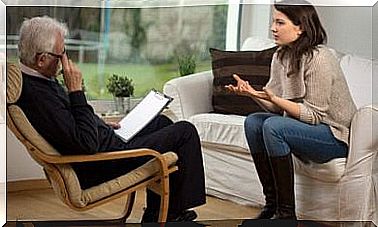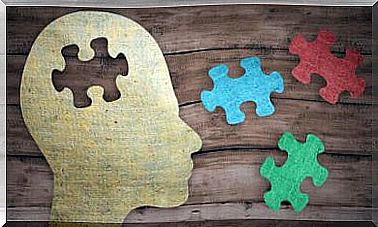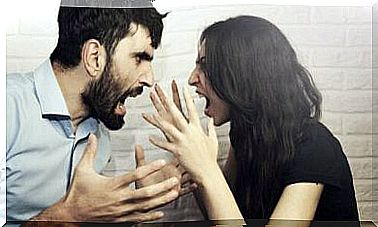Leon Festinger And The Cognitive Dissonance

Leon Festinger introduced the concept of cognitive dissonance in 1957. He tested the decision-making process in an experiment with cognitive dissonance. In this article, we address Festinger and the cognitive dissonance!
Cognitive dissonance is a feeling that seems to come from a conflict between a person’s ideas, beliefs and values and their behaviors.
Cognitive dissonance comes from an incompatibility of thoughts that creates a state of discomfort in the people involved.
According to Festinger, this tension forces the person to create new ideas or abilities to relieve the tension. They are often complementary to a person’s perceptions. This theory has to do with decision making.
Whenever you decide to do something that goes against your perceptions, you use different strategies to alleviate this tension.
Leon Festinger and the cognitive dissonance

Festinger was an American social psychologist born in New York in 1919. His theory of cognitive dissonance is particularly relevant to social psychology, especially in the areas of motivation and group dynamics.
This theory is based on the fact that people are aware of their actions and that when we do something we do not agree with, we must alleviate the created dissonance.
Experiment with cognitive dissonance
The experiment with cognitive dissonance that Leon Festinger and his colleague Merrill Carlsmith designed in 1957 was performed with students. It consisted of the following steps:
- First and foremost, a student had to perform tedious tasks. These tasks were repetitive and uninteresting. However, the aim of the experiment was not to evaluate how well the person performed these tasks.
- The student was then asked to convince the next subject that the experiment was fun. So the person was asked to lie.
- However, there was a reward for the lie. The researchers offered $20 to half of the students. They only offered $1 for the other half.
- Then a person (in collaboration with the researchers) who was waiting to enter the room had to tell the students that a friend of his had done the experiment last week and that it had been boring.
- Under these premises, the researchers monitored how the students lied. They also noted how the lie was justified.
The reason for this is that the cognitive dissonance arose in students who agreed to lie to get a dollar.
They had to convince themselves that the experiment was fun to alleviate the internal conflict that this entailed.
Why? Because the reward was not good enough for them to feel good about lying. When they justified their actions, they were much more tense than the group that had received $20.
The students who received more money were much more natural and calm.
The conflict in lying
The experiment with cognitive dissonance gives us several conclusions. The group that received $20 knew that the experiment was boring. However, this group could justify saying something else.
However, the same did not apply to the group that received $1. There you could see how the people tried to convince themselves even though they had not received enough money.
Conclusions from Leon Festinger and the cognitive dissonance
After they had been allowed to lie, a researcher asked the participants if they really thought it was fun. Within the group that had received $20, it was expressed that the experiment had not been fun.
However, the other group, who had only received a dollar, confirmed the lie again and many said they could have done the experiment again.
The results with cognitive dissonance
- Avoidance. Subjects tend to avoid stimuli that cause them to return to the original state of dissonance. They will avoid situations, people, ideas and places where they could be confronted by the conflict again.
- Seeking acceptance. As a result of the strategies used, the subject also had to try to be accepted by a third party regarding the history and the reasons that led him to this because there was a need to justify a behavior.
- Comparison. Those who suffer from dissonance tend to compare themselves to other people to justify their actions.
Festinger and the cognitive dissonance today

It has been 60 years since Leon’s experiment and the subject is still debated. For example, some believe that it is a justification for defense mechanisms that manifest themselves in various psychological states.
It is also used in the psychological analysis of criminals who justify their actions by hiding within a group or behind “we only follow orders”.
The power of conviction and the relief of guilt
The experiment also questions the tendency of people to seek psychological and mental relief.
The contrast between social norms and daily decisions makes us go through this unpleasant state much more often than we would like.
However, a problem arises when one assumes bad behaviors to get rid of the tension.
Knowing what cognitive dissonance is can help you identify it when you are affected. It can also help you reduce the effect that the information from your reference group has on you.









